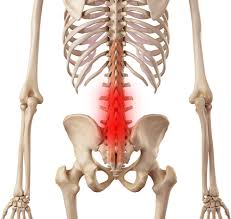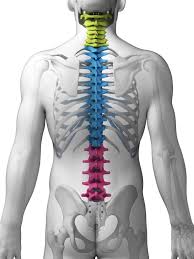What is
Spinal Instability
Excessive motion of vertebral bodies in relation to one another is considered spinal instability. Some motion is, of course, normal. Motion can be described as instability when the motion is significantly greater than that at adjacent levels. Spinal instability can be the result of an injury, degenerative process, tumor, previous surgery or congenital condition. Symptoms of spinal instability may include neck or back pain, nerve pain and muscle spasms.

How do Test and Diagnose Spinal Instability?

A complete history and physical exam is always the first part of a diagnostic workup for any painful condition. Usually spinal x-rays will be obtained to evaluate for instability. You will likely be asked to flex forward and extend backward for different x-rays so that your surgeon can evaluate whether the bones move abnormally when you change body positions. More advanced imaging studies such as a CT scan or an MRI scan may also be ordered to get additional information about the amount of nerve compression that may be resulting from the instability and to see whether there are any fractures in the bony structures that might lead to the instability.
In the setting of minimal pain without any nerve impingement, treatment of spinal instability will be aimed at conservative measures. This may involve physical therapy for core muscle strengthening, use of NSAIDs or pain medications, and probable activity modification.
If instability creates severe pain or leads to arm or leg pain, spinal injections may also be considered to help decrease the discomfort.
If pain is not alleviated with conservative treatment or in cases where instability results in significant compression of the spinal cord or spinal nerves, surgery is generally recommended. Although the specifics of surgery are individualized based on a given patient’s findings, generally surgical fusion is recommended. A fusion means that one spinal bone (vertebra) becomes united with the next, taking away the motion at that specific segment. This eliminates the excessive motion that led to the symptoms of pain or nerve impingement. There are some surgical options to limit motion without complete fusion but these are not available for many cases of instability. Your surgeon will discuss all the options pertinent to your specific case. Depending on the level of nerve or spinal cord compression, a decompression may also need to be performed at the time of surgery.
What are the Treatment Options for Spinal Instability?

Request An APPOITMENT
Fell free to contact us with any questions or concern regarding Back/Neck pain.